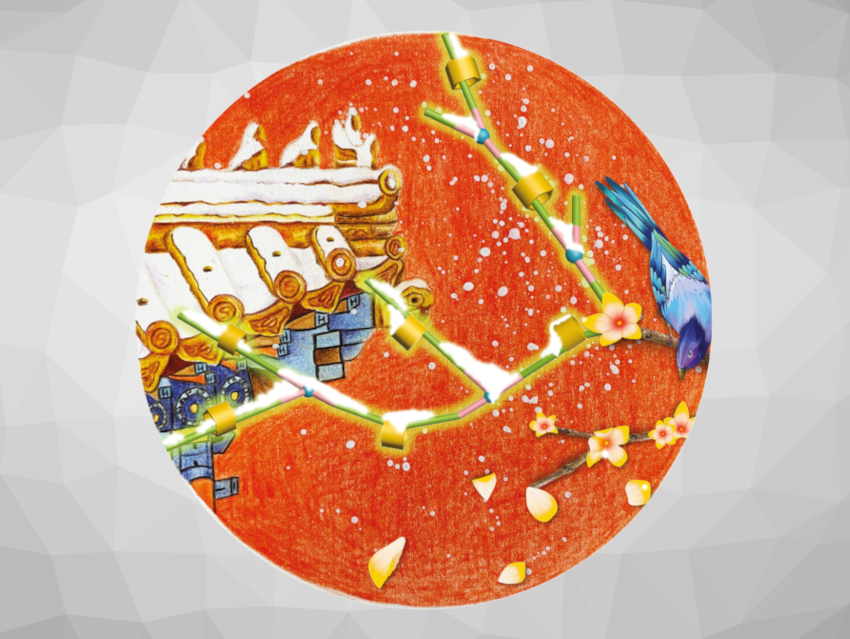In this issue, L. Billon et al. review heterogenized molecular catalysts for sustainable electrochemical CO2 reduction. How can support materials enhance catalyst stability? The Minireviews deal with cucurbituril-based supramolecular polymers for biomedical applications (R. Wang et al.), the impact of boron hybridization on photocatalytic processes (J. J. Molloy et al.), as well as the effect of surface-adsorbed and intercalated (oxy)anions on the oxygen evolution reaction (J. N. Hausmann, P. W. Menezes).
In the original research section, Y.-W. Yang et al. report the synthesis of an acidochromic and nitroaromatic responsive hydrazone-linked pillararene framework by a macrocycle-to-framework strategy (see picture). E. van Steen et al. succeeded in the platinum-catalyzed selective aerobic oxidation of methane to formaldehyde in the presence of liquid water. C. Streb et al. found molecular iron oxide clusters that boost the oxygen reduction reaction of platinum electrocatalysts at near-neutral pH, and C. Guo et al. describe an enantioselective nickel-catalyzed electrochemical radical allylation.
- Angewandte Chemie 38/2022: Enhanced Stability,
Angew. Chem. Int. Ed. 2022, 61 (38).


